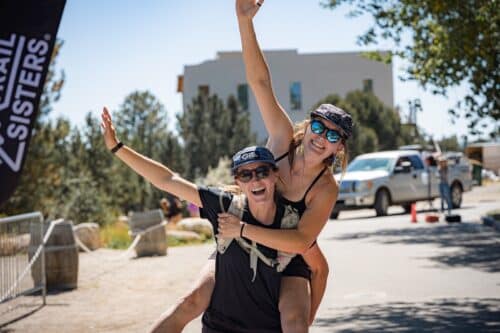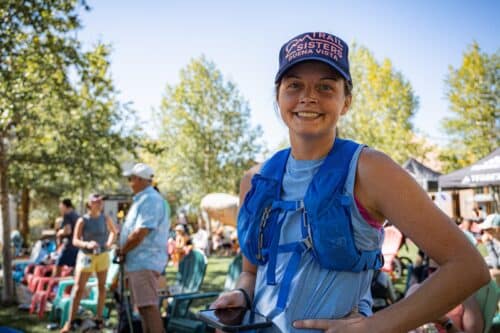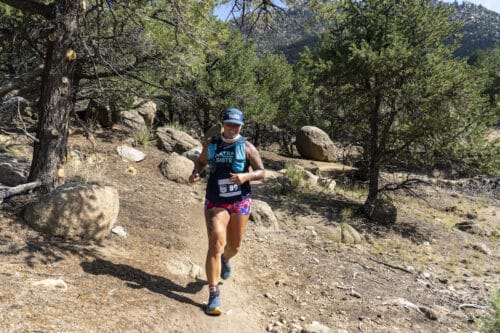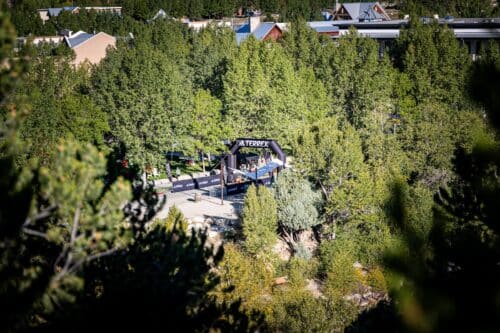Main Menu
Homepage / Words from the Wild / Building a Cross-Training Plan to Stay Strong All Winter Long
Building a Cross-Training Plan to Stay Strong All Winter Long

Heather Anderson is a National Geographic Adventurer of the Year, three-time Triple Crown thru-hiker, and professional speaker whose mission is to inspire others to “Dream Big, Be Courageous.” She is also the author of two hiking memoirs Thirst: 2600 Miles to Home and Mud, Rocks, Blazes: Letting Go on the Appalachian Trail and a preparatory guide to long-distance hiking Adventure Ready. Find her on Instagram @_WordsFromTheWild_ or her website wordsfromthewild.net
Share This Article!
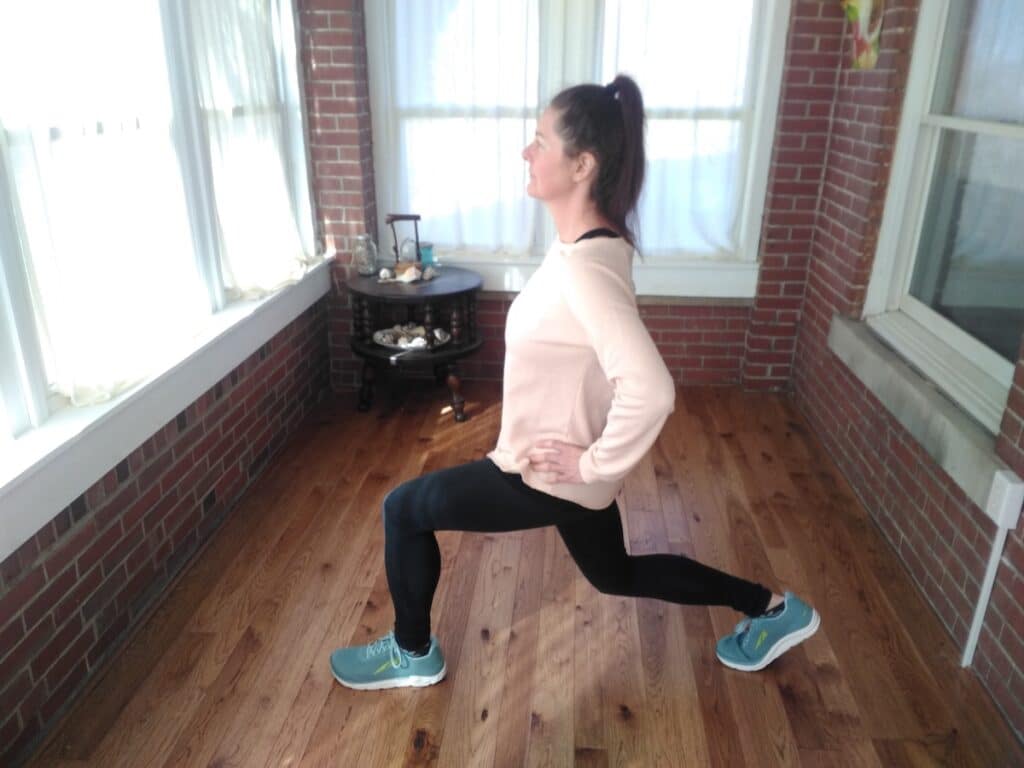

By: Heather Anderson
Winter can be a difficult time to stay trail fit unless you live in a place where the weather is conducive to getting outside regularly. Luckily, maintaining a base level of conditioning that will enable you to transition back into hiking season isn’t as difficult as you think.
Having a repertoire of activities that complement each other can help you actually be more fit because you’re more well-rounded. Mixing together indoor and outdoor activities from the three main fitness categories—cardiovascular, muscular/strength, and mobility/flexibility—keeps things fresh and interesting while achieving your goals. Building a cross-training plan that incorporates all three of these movement modalities can not only keep you fit, but help stave off overuse injuries.
Cardiovascular exercises are anything that gets your heart rate up—like hiking. To keep a trail fitness base this should be focused on for a minimum of thirty minutes a day. If you can get out on the trails and hike or run, great! If you’re stuck indoors spinning, swimming, cardio dancing, or using stair-climbers, treadmills, etc. are all great options. Nordic skiing or even downhill if you skin up rather than take the lift are good outdoor cardio options. Keep in mind that the more similar the activity is to hiking, the more sport-specific benefit it will impart. However, mixing in some lower impact cardio can give your joints a much-needed reprieve from the pounding inherent to hiking.
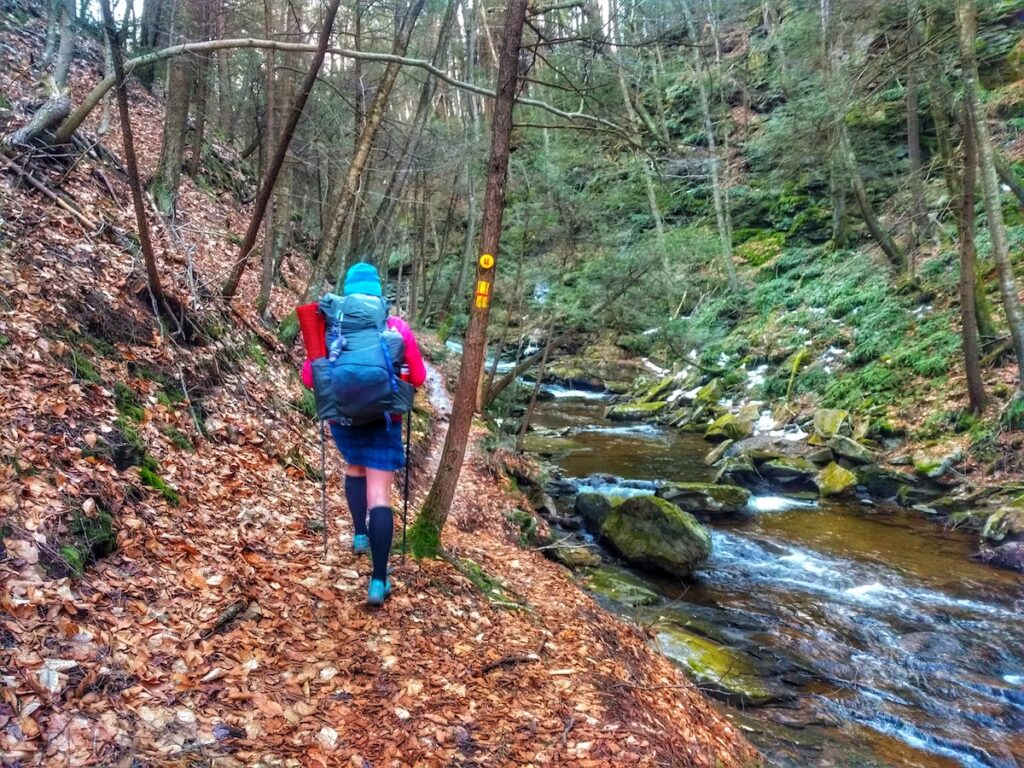
Since hiking is a linear movement (and only forward) it’s likely you’ve developed imbalances if this is your only movement pattern most of the time. Most of us already have some imbalances from time spent at a desk and lots of activity in one plane can exacerbate them. I have found that winters are an excellent time to dedicate myself to working on those imbalances by emphasizing strength and mobility work which enables me to hit the trails even stronger in the spring.
Strength training doesn’t need to involve heavy weights or hours at the gym (unless you want to). A short session working a different area of the body each day is enough. The primary benefit of strength training is to keep your body conditioned to the additional weight bearing load of carrying that backpack up mountains and correct any imbalances you may have. Basic squats, lunges (forward, backward and to the side), pushups, etc. can be adequate. Experiment with different weight ranges to find what feels challenging to you. Complete a mix of eccentric training (slow on the lowering phase) as well as higher rep training (which promotes muscular endurance). Don’t forget your core! Engaging in back and ab strengthening workouts will support overall improvement in movement efficiency.
Finally, incorporate mobility work. This can be as simple as stretching in ways that feel intuitive a few times per day or a regular yoga practice. The idea is not to get “stretchy,” it’s to make sure that your joints are able to move through their full range of motion. Using a foam roller, therapy ball, or getting regular massages are also great ways to increase your mobility. If your body is able to move correctly there’s less chance, you’ll get a compensatory injury down the road.
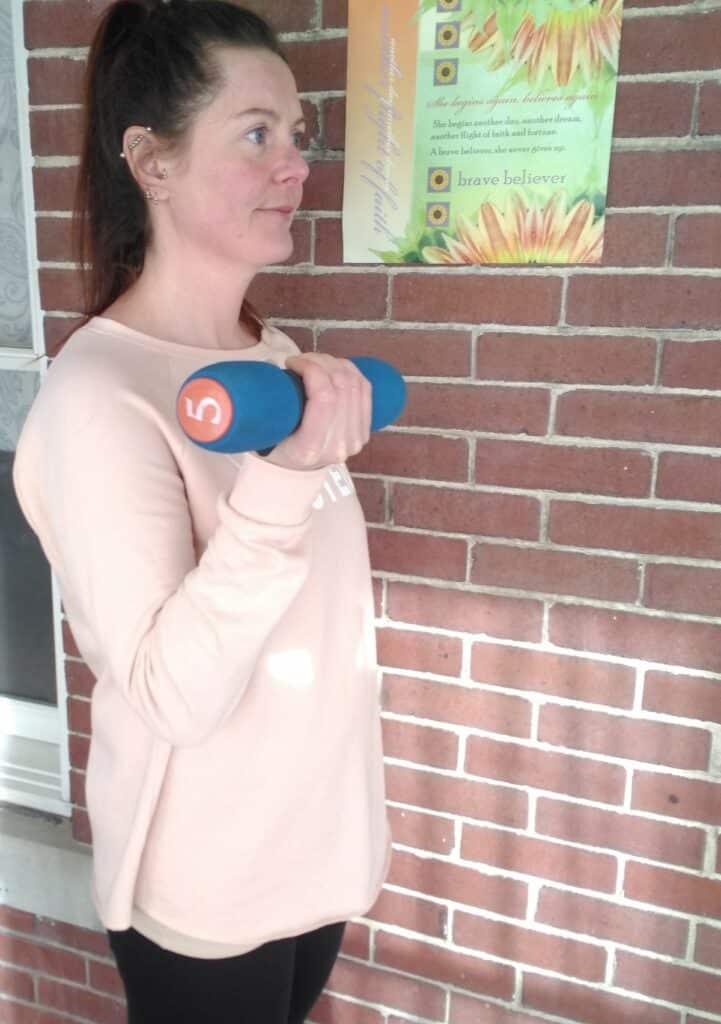
Build Your Plan:
- Engage in a daily cardio session for 30 minutes or more. Mix it up so some are more intense or longer than others and vary the types of activity for less boredom.
- Work on strengthening your body in short sessions 3-4 days per week. Typical session splits are upper body, lower body, and core workouts. Leave at least two days between sessions that work one area of the body.
- Increase mobility through stretching and body work. Daily simple stretching or yoga is ideal after your cardio session. This can be short ~5 minutes, or a longer dedicated session if you really enjoy focusing on it. Body work such as foam rolling should be done less frequently (1-2 times per week).
About the Author

Heather Anderson is a National Geographic Adventurer of the Year, three-time Triple Crown thru-hiker, and professional speaker whose mission is to inspire others to “Dream Big, Be Courageous.” She is also the author of two hiking memoirs Thirst: 2600 Miles to Home and Mud, Rocks, Blazes: Letting Go on the Appalachian Trail and a preparatory guide to long-distance hiking Adventure Ready. Find her on Instagram @_WordsFromTheWild_ or her website wordsfromthewild.net
Share This Article!








